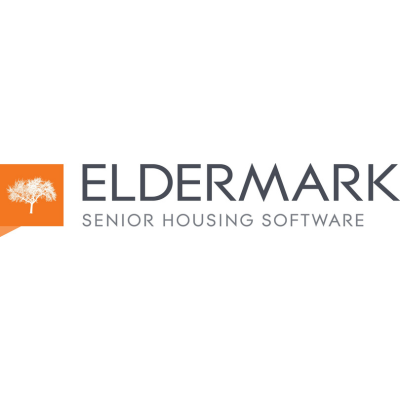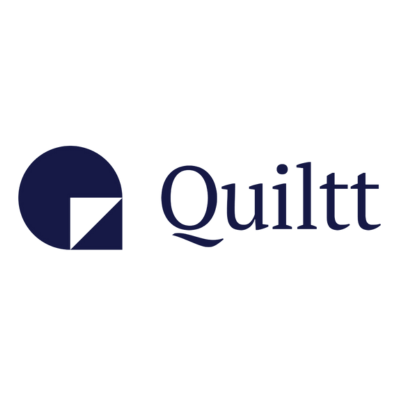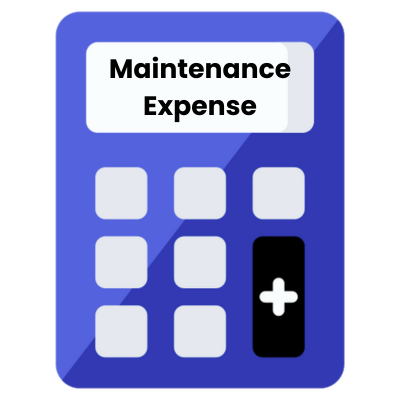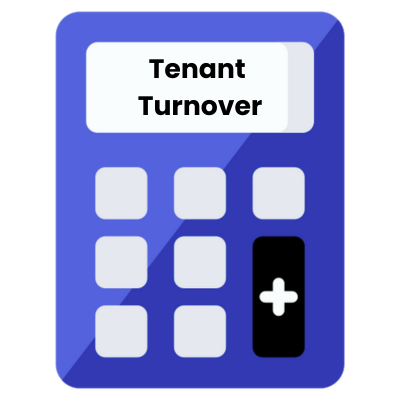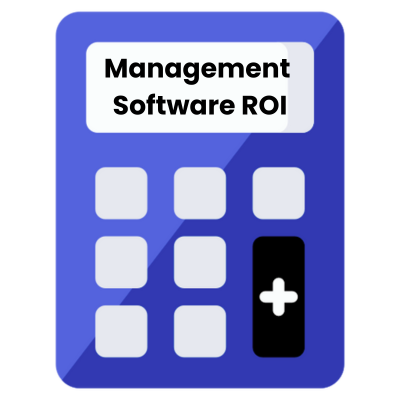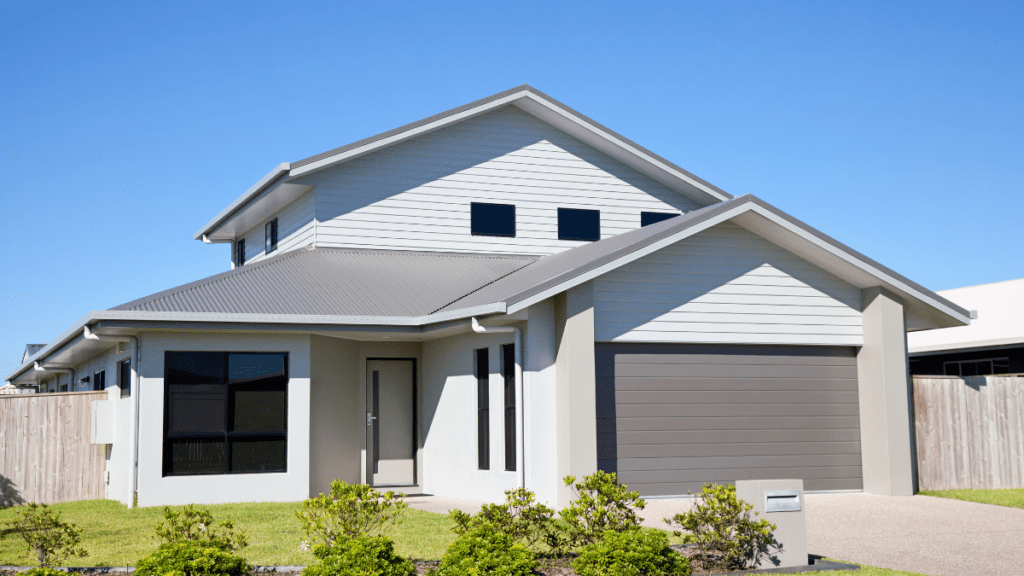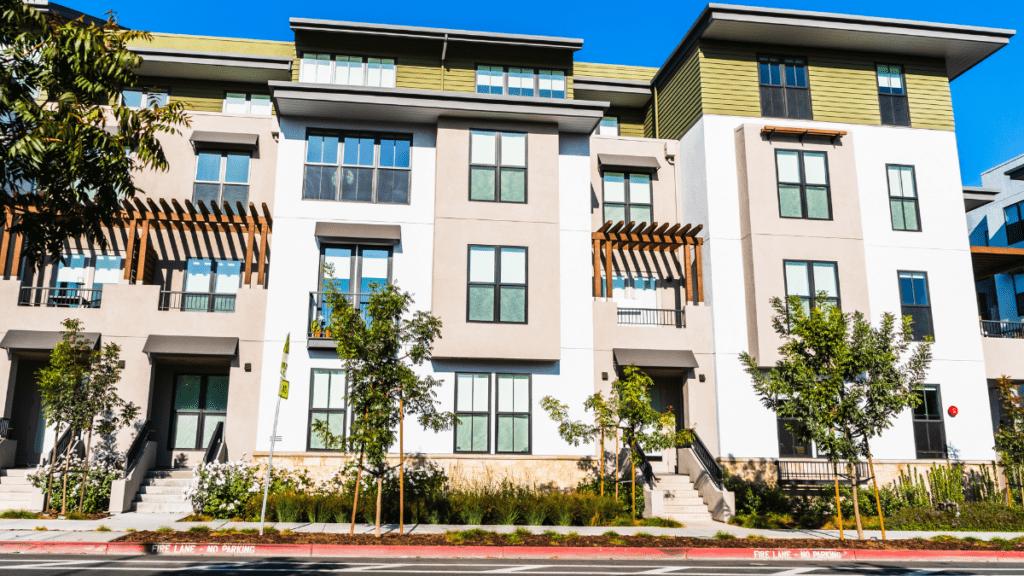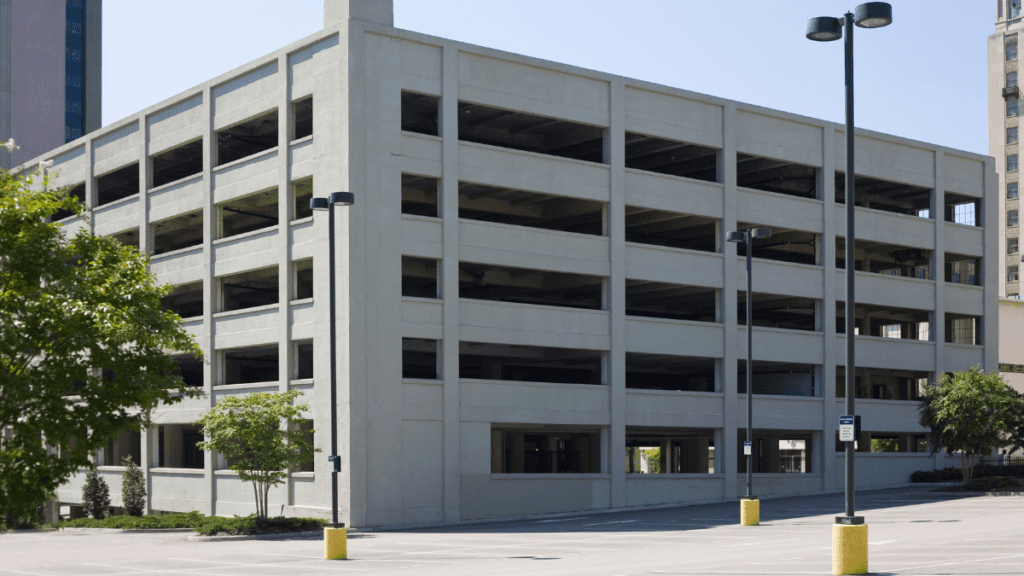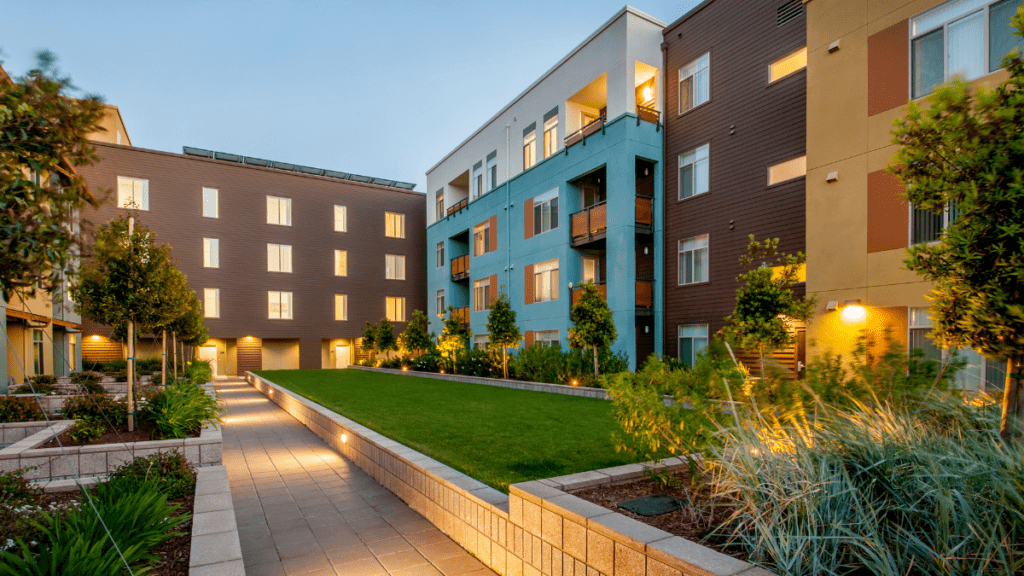Last Updated: April 2024
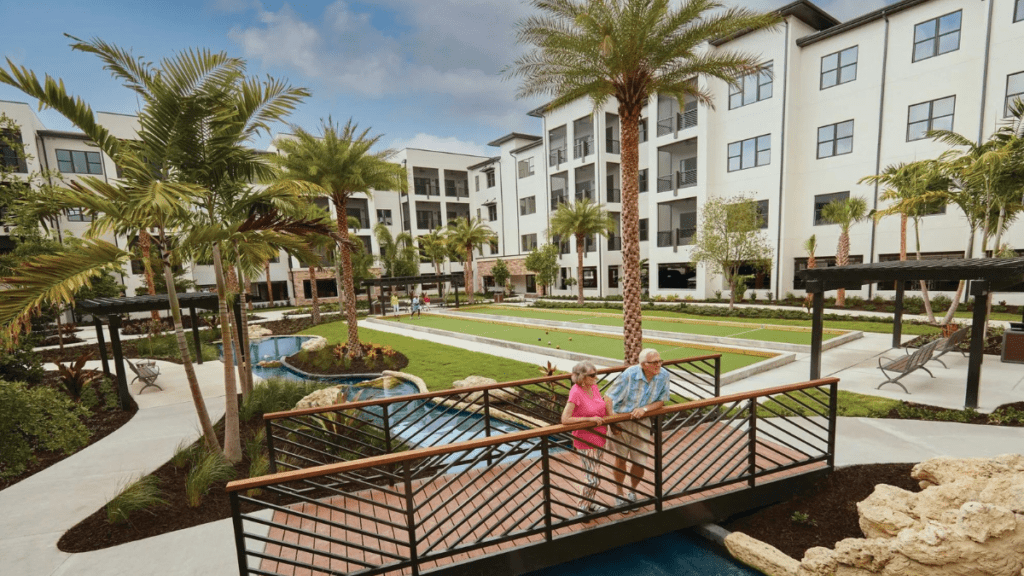
Senior living property investing refers to the acquisition and management of properties that cater to the housing and care needs of older adults, such as independent living communities, assisted living facilities, memory care units, and skilled nursing homes. As the global population ages, this sector offers growing demand and stable revenue, but also requires understanding of healthcare regulations, superior resident services, and effective operations management.
On This Page
- What is Senior Living Investing?
- 7 Ways to Invest in Senior Living Real Estate
- How to Buy a Senior Living Rental Property
- Top Senior Living Investing Tools
- Senior Living Investing Calculators
- Pros and Cons of Investing in Senior Living Properties
- Senior Living Rentals vs Other Rental Real Estate Investments
What is Senior Living Investing?
Senior Living Investing Definition
Senior Living Real Estate Investing refers to the acquisition, ownership, management, rental, or sale of properties specifically designed to cater to the living needs of senior citizens. These properties typically offer housing solutions combined with other amenities or services tailored for older adults, often including assisted living or memory care facilities.
Senior Living Investing Explained
Senior living real estate investing focuses on properties that serve the older population, ranging from independent living communities to specialized care units. Investors in this niche look for real estate that provides not just housing, but often additional services like medical care, recreational activities, and meal provision. The demand for senior living options is on the rise due to an aging global population and increased life expectancy. As such, investments in senior living real estate can offer stable returns, given the consistent demand for specialized housing and services tailored to the elderly.
7 Ways to Invest in Senior Living Real Estate
Direct Ownership Senior Living
Investors can purchase an existing senior living property directly, assuming responsibility for its operation and management. This method provides direct control over the investment, allowing the owner to implement their strategies and potentially earn rental income. However, it requires substantial capital and hands-on involvement unless delegated to a management company.
Developing a Senior Living Property
By identifying an underserved market or location, investors can choose to build a new senior living facility from the ground up. This approach requires a significantly higher upfront investment of capital and carries regulatory and construction challenges, however, the potential ROI can be very rewarding when executed properly and held over a period of time for the property to stabilize.
Senior Living Companies
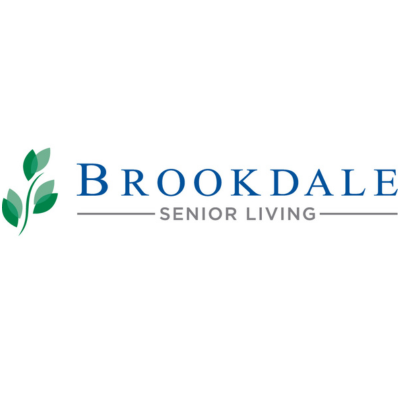

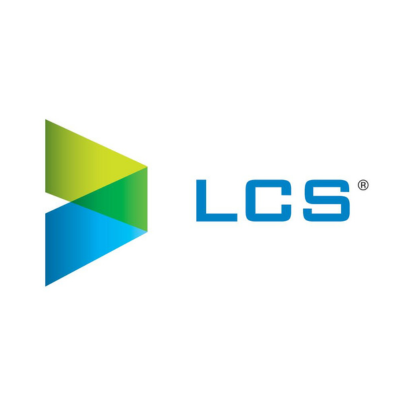

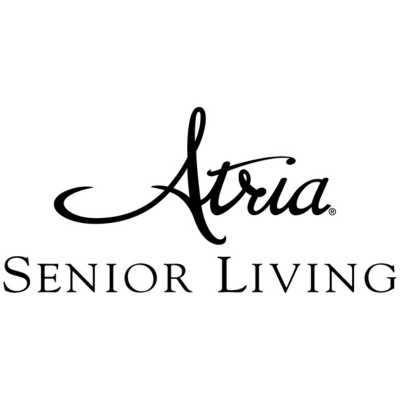

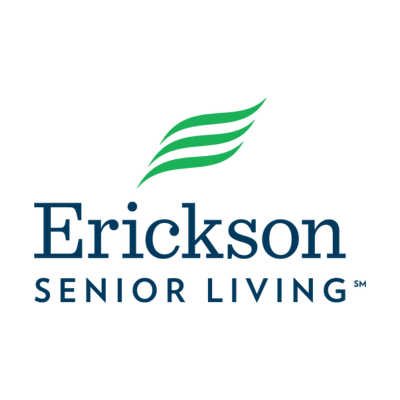

Several large senior living rental companies have redefined the dynamics of this asset class. Their size and influence not only shape market trends but also impact rental standards and practices nationwide. Investing in them, where possible, can be a great way to gain exposure to this asset class.
Joint Ventures or Partnerships
Teaming up with existing operators or developers can lower the individual investment requirement and distribute risk. By combining resources and expertise, partners can capitalize on new opportunities and share responsibilities related to property management and development.
Convertible Investment Senior Living Properties
Purchasing properties that can be converted or repurposed into senior living facilities, such as old hotels or unused commercial spaces, can be a cost-effective investment strategy. These properties, once remodeled and adapted, can serve the growing demand for senior care spaces.
Senior Living Real Estate Syndication
In a real estate syndication, a group of investors come together to pool resources to invest in properties more significant than they could afford individually. The syndicate typically has a lead investor or sponsor who manages the property, and passive investors contribute capital and receive returns based on the property’s performance.
Senior Living Real Estate Stocks
REITs pool together funds from various investors to invest in a portfolio of real estate assets, which can include senior living properties. This allows individual investors to gain exposure to senior living real estate without directly owning or managing a property, all while benefiting from dividend income.
How to Buy a Senior Living Rental Property
Investing in senior living properties is a unique endeavor that merges real estate investment with healthcare services, addressing the growing demands of an aging population. Successful investment in this niche requires a very thorough understanding of both property management and quality senior care delivery.
Senior Living Property Purchase Process
- Self Assessment & Investment Objectives: Determine your investment goals, the desired scale of investment, and your comfort level with the responsibilities of senior care management.
- Assembling a Real Estate Team and Healthcare Team: Gather experts from the real estate sector along with healthcare professionals experienced in senior care operations to ensure comprehensive guidance.
- Market and Demographic Analysis: Analyze local demographics and growth trends of senior populations to assess the viability and long-term demand for senior living facilities.
- Key Characteristics of Successful Senior Living Properties: Identify the essential features and amenities that differentiate top-performing senior living properties from others in the market.
- Evaluating Financing Options for Acquiring Properties: Explore various financial mechanisms and lending opportunities within rental property finance that are tailored for senior living real estate ventures.
- Making Offers and Negotiating Purchase Terms: Craft a competitive offer based on your analysis, keeping in mind the nuances of healthcare properties, and negotiate for favorable terms.
- Due Diligence: Ensure the property adheres to all health and safety regulations, evaluate the facility’s condition, and confirm that necessary licenses are in place.
- Closing on the Property Purchase: Finalize the acquisition process by completing all legal documentation and transferring ownership rights.
Managing and Marketing Senior Living Properties
- Operational Management: Ensure adequate staffing, invest in regular training, and prioritize exceptional services to cater to the unique needs of senior residents.
- Marketing Your Senior Living Facility: Devise marketing strategies that highlight your facility’s unique offerings and meet the desires of seniors and their families.
- Providing High-Quality Care and Life Enrichment Programs: Place a significant emphasis on resident well-being by providing top-tier healthcare services and life enrichment activities. Utilizing senior living management software can significantly streamline this process.
- Property Maintenance and Upgrades: Maintain the facility in peak condition and periodically upgrade amenities to stay competitive and ensure residents’ satisfaction. Property maintenance software can help track this.
Financial Management and Analysis
- Understanding Revenue, Operating Costs, and Cash Flow: Monitor facility financial financial reports and metrics to ensure profitability while maintaining high standards of care.
- Calculating Return on Investment: Evaluate the property’s financial performance by assessing the ROI, factoring in both real estate appreciation and operational profits.
- Tax Considerations and Benefits: Understand the tax incentives available for senior living property investors to maximize financial benefits.
Scaling and Diversification in Senior Living Property Investing
- Strategies for Expanding Your Investment Portfolio: Identify opportunities to acquire additional properties or expand existing ones to meet growing demand.
- Diversifying Your Portfolio with Different Types of Senior Living Facilities: Consider investing in varied types of facilities, from independent living to assisted living and specialized memory care units.
- Exit Strategies: Selling, Renovating, and Partnering with Healthcare Providers: Plan for the property’s future, whether it involves selling, updating, or forming strategic healthcare partnerships to enhance service offerings.
Top Senior Living Investing Tools
The #1 Rental Property Newsletter
Once a month, we send out an exclusive Rental Property Market Update with top stories, current mortgage rates, building products, and more. No spam and unsubscribe anytime.


Senior Living Investing Calculators
Pros and Cons of Investing in Senior Living Properties
As the baby boomer generation continues to age, we’re seeing a growing demand for senior housing. While there are several benefits to investing in senior housing, there are also some potential drawbacks that investors should be aware of.
Pros of Investing in Senior Living
- Growing Demand – The population of Americans aged 65 and older is projected to nearly double by 2050. This increase in the senior population will create a greater demand for senior housing, resulting in higher rents and occupancy rates.
- High-income Tenants – In many cases, seniors tend to be more financially stable than younger tenants, making them significantly less likely to default on their rent. This makes senior housing a more attractive real estate investment for landlords and investors.
- Low vacancy Rates – Senior housing typically has lower vacancy rates than the overall rental market, making it a more stable investment and reducing investor/owner management costs.
- Government Incentives – Government incentives are often available for investors who develop or renovate senior housing, such as tax breaks or low-interest loans.
Cons of Investing in Senior Living
- High Initial Investment – Senior housing can be expensive to develop or renovate, especially if it needs to meet certain accessibility standards.
- Increased Regulation – Senior housing is subject to stricter regulation than other types of rental property, which can add to the cost of development and operation.
- Limited Appeal – While the demand for senior housing is growing, it is still a niche market that may not appeal to all renters. This can make it difficult to fill vacancies and could result in lower rents.
- Long-term Commitment – Senior housing is a long-term investment that may not be suitable for investors looking for a quick return. It can take several years to see a return on your investment, and there is always the risk that the needs of seniors may change over time.
Search Rental Real Estate
Try searching out site for hundreds of rental property topics ranging from property management, investor tool reviews, investment research, and more.
Senior Living Rentals vs Other Rental Real Estate Investments
Senior Living Properties offer a unique intersection of real estate and healthcare, presenting investors with distinct challenges and opportunities compared to other rental real estate assets such as hospitality or student housing. Understanding how senior living real estate measures up against other popular rental asset classes is crucial for informed investment decisions.
| Criteria | Senior Living | Multifamily | Hospitality | Student Housing |
|---|---|---|---|---|
| Scale of Investment | Moderate-High | Moderate | High | Moderate |
| Management Intensity | High (medical & property) | Moderate | High (guest services) | Moderate-High (seasonal) |
| Liquidity | Moderate | High | Moderate | Moderate |
| Risk Profile | Moderate (regulated) | Low-Moderate | High (tourism-dependent) | Moderate (school-dependent) |
| Potential ROI | High | Moderate-High | High | Moderate-High |
| Tenant Duration | Long-Term | Moderate | Short-Term | Seasonal (school year) |
| Market Sensitivity | Low (steady aging population) | Moderate | High (economic & travel factors) | Moderate (school enrollment) |
More Real Estate Investing Asset Classes
About the Author


Ryan Nelson
I’m an investor, real estate developer, and property manager with hands-on experience in all types of real estate from single family homes up to hundreds of thousands of square feet of commercial real estate. RentalRealEstate is my mission to create the ultimate real estate investor platform for expert resources, reviews and tools. Learn more about my story.
Disclaimer: The information provided on this website does not, and is not intended to, constitute legal and/or financial advice. As such, all information, content, and materials available on this site are for general informational purposes only. Please review our Editorial Standards for more info.

